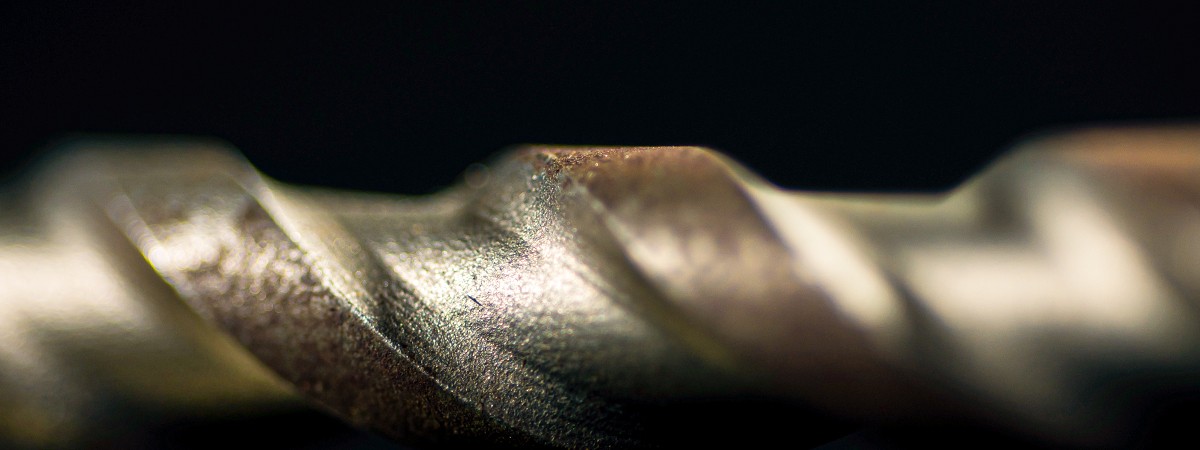Nitrides with individual coloring
Drills today often no longer look like steel because their tips shimmer in exotic colors. However, the visual variety is less about aesthetics and more about hardness. The drill bits are coated with a layer of hard material. This is generally a metal nitride, and each material has its own special color: Titanium nitride shines like gold, the bright yellow of zirconium nitride is reminiscent of lemonade, and an aluminum-chromium compound comes in a stylish blue.The coatings are also found on other tools as well as on machine parts that are subject to heavy wear. In addition to color, the coating materials each have their own special properties in terms of hardness, temperature resistance, coefficient of friction and the possible coating thickness, usually in the range of a few micrometers. The choice of coating depends on the type of application. The light yellow zirconium nitride, for example, is used in the machining of aluminum alloys.
Ionized gas discharge
Hard coatings are usually applied by vacuum arc coating, a subtype of physical vapor deposition (PVD). The vacuum arc is an electric arc, i.e. a highly ionized gas discharge, which produces the required material by evaporating the cathode itself.The cathode consists of the coating base metal, the anode is the substrate – i.e. the tool that is to be coated. In a vacuum chamber, the cathode "burns" to form an ionized plasma that is attracted to the anode. Pure nitrogen is supplied from the outside for nitriding the metal. The resulting material is deposited in fine and firmly adhering layers. High vacuum ensures that the process can take place at relatively low temperatures around 400 degrees Celsius and that the coating is not affected by other substances. The optimum vacuum system for this process can be put together from the wide range of BUSCH products.
